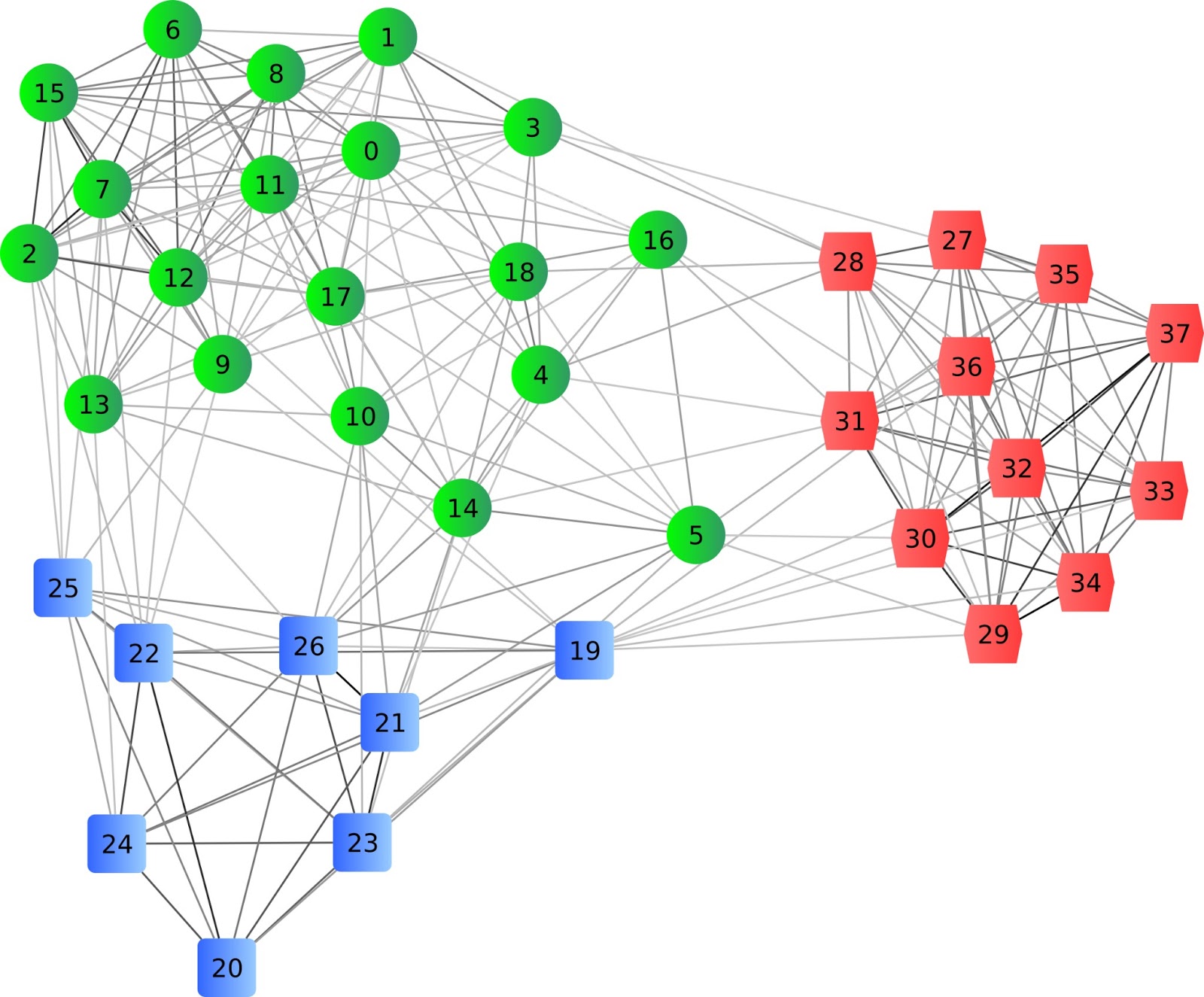How Clustering Algorithm Works
 SAHIL ALI
SAHIL ALI
Let's Understand the basics first What is Clustering?
Clustering algorithms are a type of unsupervised learning algorithm that groups similar data points together into clusters. One such clustering algorithm is Power Iteration Clustering (PIC), which is a scalable graph clustering algorithm developed by Lin and Cohen. PIC finds a very low-dimensional embedding of a dataset using truncated power iteration on a normalized pair-wise similarity matrix of the data.
PIC can be used for various applications, including image clustering. Image clustering involves partitioning a dataset of images into semantically meaningful clusters without having access to the ground truth labels. This can be useful for organizing large collections of images, finding similar images, and discovering patterns in image data.
There are many approaches to image clustering, including using deep learning techniques such as the Semantic Clustering by Adopting Nearest neighbors (SCAN) algorithm. This algorithm consists of two phases:
self-supervised visual representation learning of images using techniques such as simCLR, and clustering of the learned visual representation vectors to maximize the agreement between the cluster assignments of neighboring vectors.
In summary, PIC is a powerful clustering algorithm that can be used for various applications, including image clustering. There are many approaches to image clustering, and deep learning techniques such as the SCAN algorithm can be used to achieve state-of-the-art results. 😊
Let's Understand with Example :
Let’s imagine that you are a scientist working on a project to study the behavior of animals in the wild. You have collected a large dataset of images taken by camera traps, and you want to organize these images into groups based on the species of animals they contain.
One way to do this is by using a clustering algorithm such as Power Iteration Clustering (PIC). PIC works by finding a low-dimensional embedding of the dataset using truncated power iteration on a normalized pair-wise similarity matrix of the data. In other words, it takes the images and represents them in a lower-dimensional space where similar images are closer together.
Once you have this low-dimensional representation of your data, you can use PIC to group the images into clusters based on their similarity. Each cluster will contain images of the same species, making it easier for you to analyze and study the behavior of each species.
In summary, clustering algorithms such as PIC can be very useful for organizing large datasets into meaningful groups. By using these algorithms, you can gain insights into your data and make it easier to analyze and understand.
I hope this might be very helpful to you!
Thank you
Subscribe to my newsletter
Read articles from SAHIL ALI directly inside your inbox. Subscribe to the newsletter, and don't miss out.
Written by

SAHIL ALI
SAHIL ALI
Full Stack Software Developer | Competitive Coder @Codeforces Open Source Contributor My major is Neural Network and Software Building.